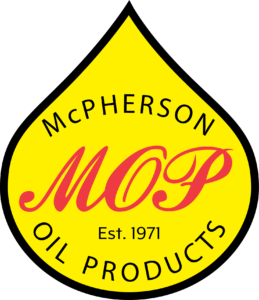How Temperature Stable is Your Lubricant?
22 Feb 2017, Posted by in Oil Tips If lubricants are a part of your business, maintaining the quality of these oil products is essential. The oil company that supplies your lubricants should offer a broad assortment of products for commercial, industrial, and consumer uses. This includes convenience stores that sell gasoline and auto maintenance-related consumer products and stand-alone quick lube and vehicle service stations.
If lubricants are a part of your business, maintaining the quality of these oil products is essential. The oil company that supplies your lubricants should offer a broad assortment of products for commercial, industrial, and consumer uses. This includes convenience stores that sell gasoline and auto maintenance-related consumer products and stand-alone quick lube and vehicle service stations.
Temperature changes can affect the stability of your lubricants so it’s important that the staff at your facility knows what to look for and how to preserve your oil products. All lubricants have limits on the range of ideal operating temperature. Whether it’s a car or a piece of industrial machinery, a machine will stop working properly if lubricating fluids reach the low or high end of these ranges. Not only does temperature affect performance, lubricants operating at extreme temperatures can cause the degradation of machine components.
Lubricants can become temperature unstable due to machine operating factors, equipment design, or environmental factors. Here is more information on how temperature affects the stability of lubricants.
How Low Temperature Affects Lubricants
When the temperature of lubricant is too low, fluid viscosity is elevated. If the lubricant gets too cold, it will congeal and stop flowing. This typically happens when machinery is being operated in cold outdoor environments such as arctic or high-altitude conditions.
When lubricant congeals due to cold temperatures, it won’t flow through pumps. Low temperatures may also cause mechanical friction and increase pressure and wear on pump parts and filters.
The Effects of High Temperature on Lubricants
It doesn’t have to be hot outside for high temperatures to affect lubricants — heat generation occurs in all machinery. Heat is transferred whenever lubricant meets a machine’s metal surfaces. Most lubricants contain additives such as rust inhibitors, antioxidants, and anti-wear elements. When lubricants reach high temperatures, oxidation and additive depletion occurs.
High temperatures can also cause irreversible changes to a lubricant’s viscosity. When a lubricant’s temperature rises, molecules in the fluid become hyperactive as gas is released and lighter parts of the fluid vaporize. This can permanently damage operating components.
This makes having lubricant that can withstand temperature fluctuations essential. Some engineers add polymers called Viscosity Index improvers to stabilize lubricants. These polymers are made of long molecular chains that increase the Viscosity Index of the lubricant.
Regular oil analysis can help determine whether lubricant has sustained any damage due to temperature extremes.
McPherson Oil has the lubricant products and technical expertise to meet all your oil supply needs. We provide private label and multi-brand lubricant, lubricant training, hydraulic inspections, oil analysis, and storage and handling studies. Contact us today to find out more about the benefits of partnering with McPherson Oil.
